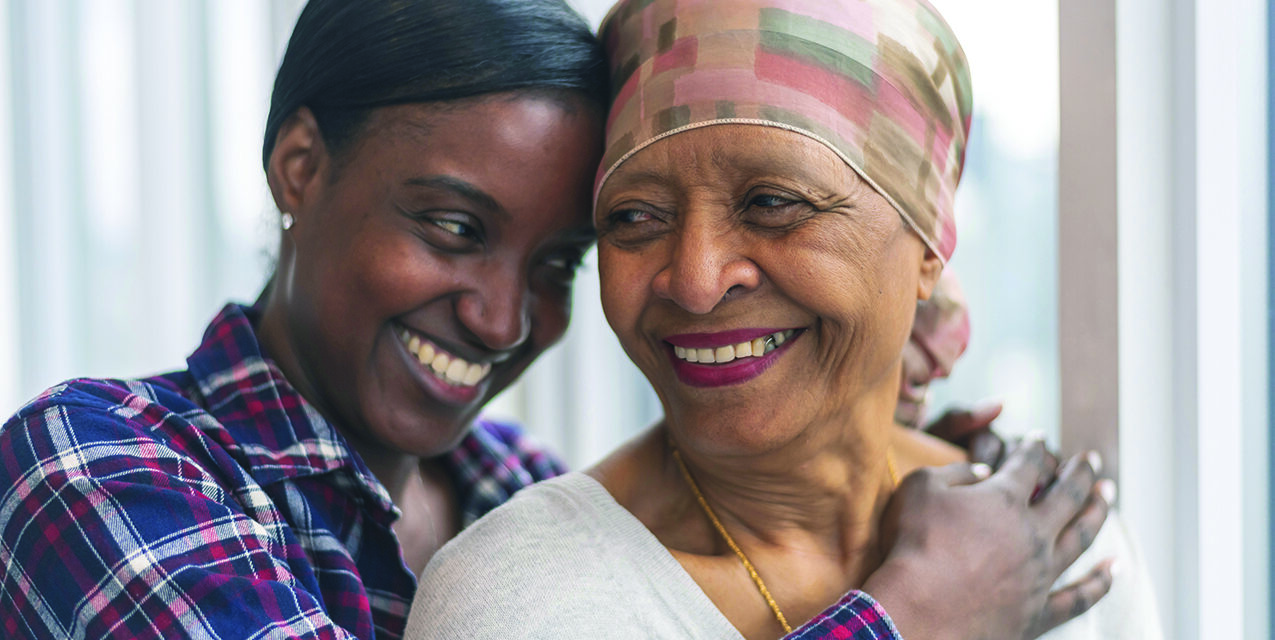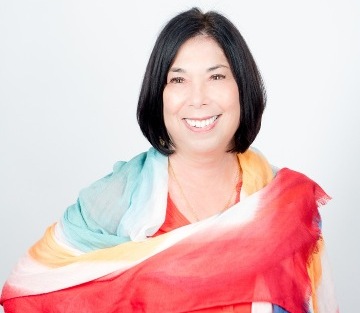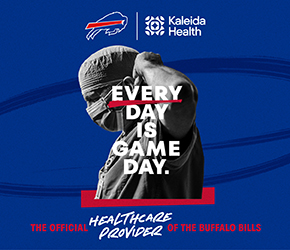Disparities in Breast Cancer Rates

By Annette Pinder
No woman is immune to breast cancer, as demonstrated by its global impact. According to the World Health Organization, over two million women from all backgrounds are diagnosed with breast cancer each year. However, notable disparities are visible when examining breast cancer statistics.
According to the American Cancer Society’s “Breast Cancer Facts & Figures 2024-2025” report, Black women have a 5 percent lower incidence rate of breast cancer than white women. However, the breast cancer mortality rate among Black women is 38 percent higher than it is for white women. The ACS states that the disparity in mortality rates is because Black women tend to be diagnosed with breast cancer later in life than white women, which allows the disease more time to grow and spread, making it harder to treat. The ACS also notes that Black women generally have less access to high-quality treatment than white women, a factor that likely contributes to later diagnoses.
The disparity in mortality rates is also evident when comparing American Indian/Alaska Native women to white women. The ACS report states that the former group has a 10 percent lower breast cancer incidence rate than the latter. However, American Indian/Alaska Native women have a 6 percent higher breast cancer mortality rate than white women. Additionally, the ACS reports that breast cancer mortality has decreased in every racial and ethnic group since 1990, except for American Indian/Alaska Native women, for whom the mortality rate has remained steady.
Given these disparities, the ACS promotes greater access to health equity. As a result, women from diverse backgrounds understand the importance of breast cancer screening and have routine, affordable, and easily accessible screening options and medical facilities that can potentially save lives.











